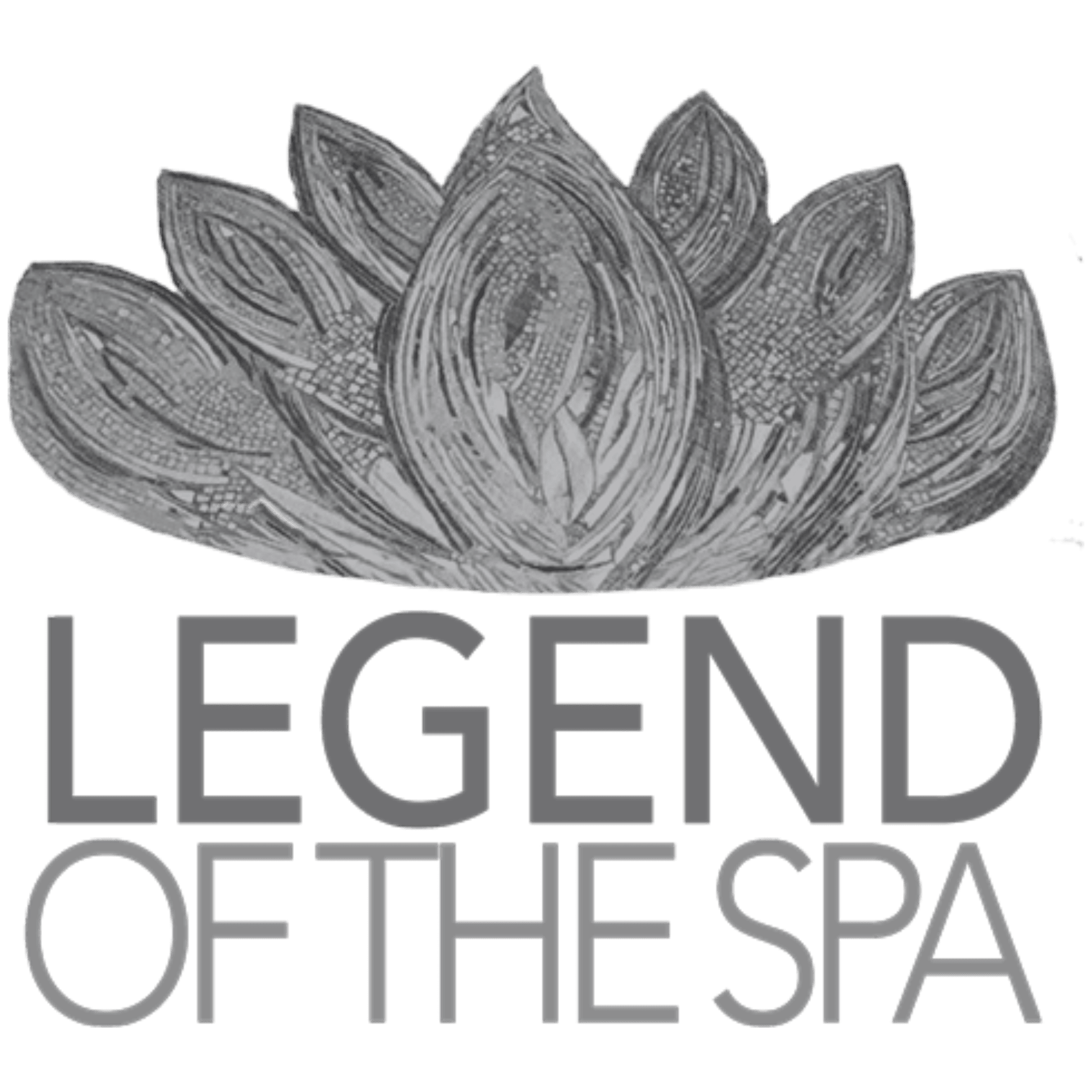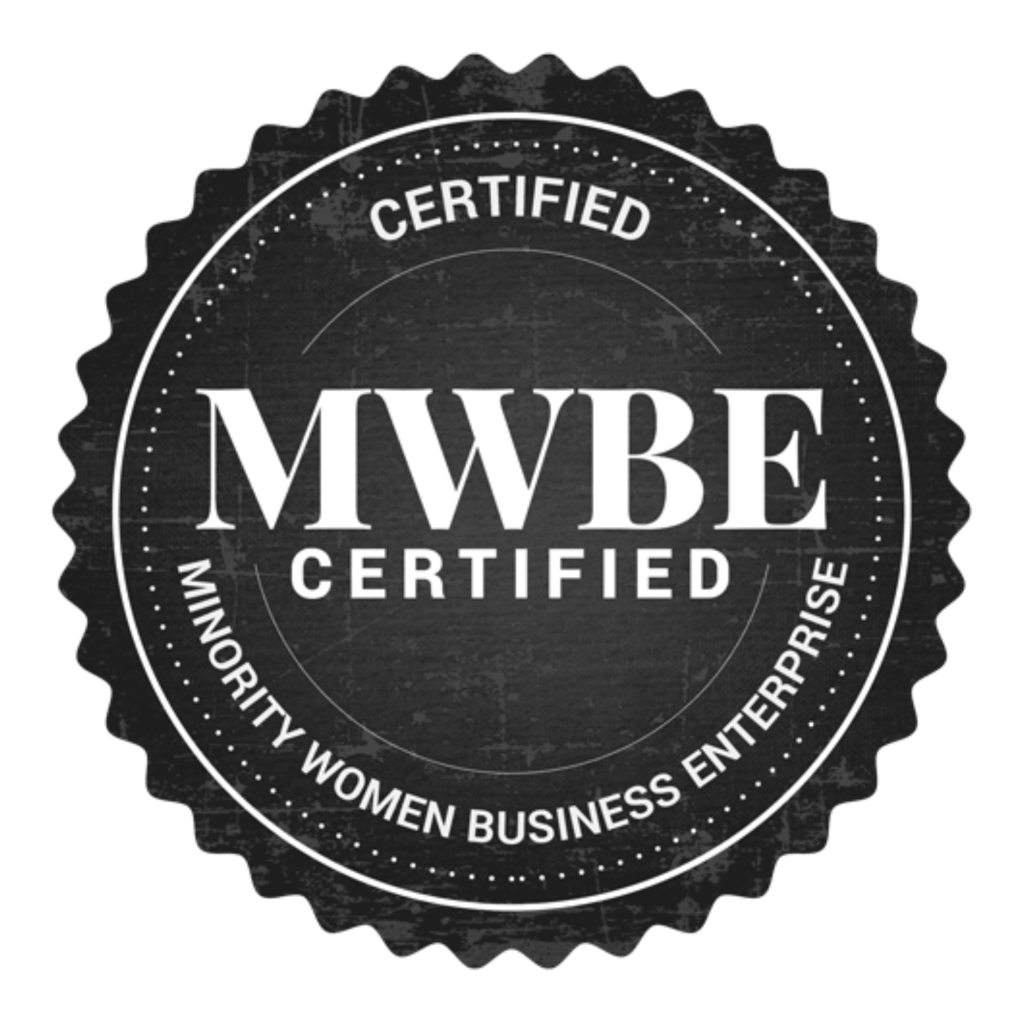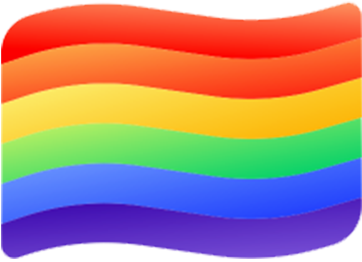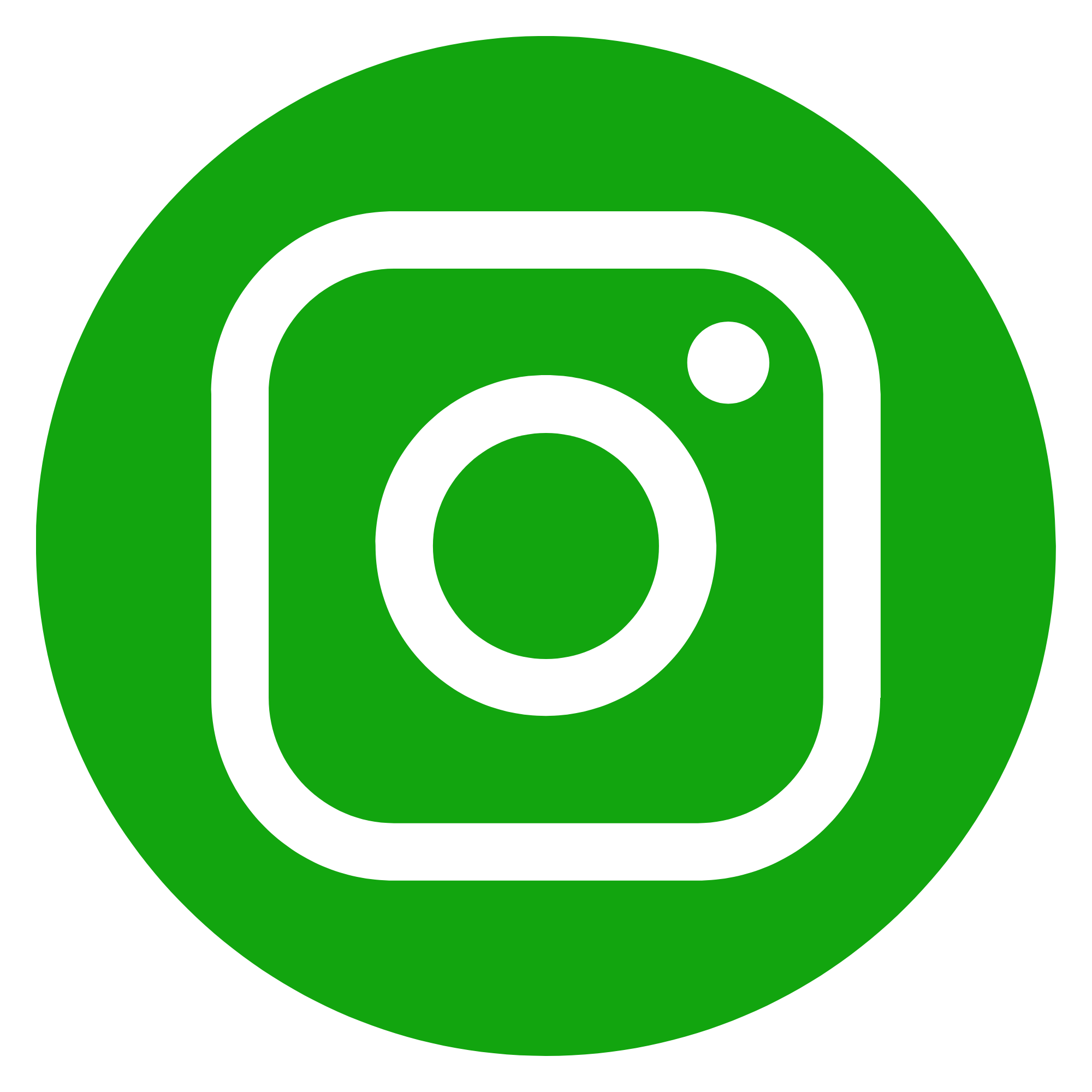Easy Test For Two Different Types Of Problem Skin
No matter what you call them – pimples, zits, blemishes or breakouts – the one thing we can all agree on is that any instance of acne has got to go!
But even before you reach for your skin care products, you want to identify the type of acne you’re dealing with to make sure you’re using the most effective treatment to clear your complexion.
While it’s not the most glamorous explanation (WARNING: do not read during your lunch hour), we’re here to help you identify two different types of acne and how they differ in treatment.
Cystic Acne
Cystic acne is the most severe form of acne, diagnosed by large, red and painful breakouts found deep in the skin. This type of acne doesn’t show up like a normal pimple that comes to a head. Instead, cysts are produced. Picking at these cysts will only cause more irritation and more pain and they don’t heal without treatment. In fact, the longer you wait to treat cystic acne, the more at risk you are of scarring the skin. Typical affected areas include the face (predominantly the T-Zone), chest, back, upper arms and shoulders.
Though cystic acne can appear at any age, it most commonly occurs in the teen years during hormonal changes when an overproduction of sebum occurs. It can also be brought on by a poor diet that includes an excess of dairy.
Our recommendation? Treat cystic acne with regular, gentle exfoliation and use products that wash away bacteria, clear your pores and reduce inflammation. If the problem seems to reoccur, consider consulting with a dermatologist (Teen Vogue).
When it comes to skin clarifying products, we recommend our Clear Skin Starter Set which contains our Clear Skin Probiotic Cleanser, Clear Skin Probiotic Moisturizer, Clear Skin Probiotic Masque and Clear Skin Willow Bark Booster-Serum. Ingredients like cooling cucumber and clarifying tea tree oil will leave your complexion with a clear and refined appearance.
Hormonal Acne
For both men and women, hormone levels fluctuate with aging. As men get older, skin changes due to a drop in testosterone. For women, testosterone levels creep up after menopause and stimulate excess pore-clogging oils as well as those pesky little pimples. Hormones also rise and dip on a monthly basis for women – leading to bumps that appear on the jawline, chin and neck as dictated by the menstrual cycle.
Another major cause of hormonal changes? Stress. Testosterone levels shoot up when planning for a wedding, worrying about an upcoming exam, or even fighting with your partner, and this change can be to blame for turning your complexion from matte to shiny.
Our recommendation? Maintain a proper, hygienic skin care routine, eat your greens and try to avoid unnecessary stress (if possible). If you’re not interested in doctor-prescribed medications, try herbal remedies to help get your hormones in check. You may also consider a visit to your OB-GYN, who may be better suited to diagnose your specific needs rather than a dermatologist (MindBodyGreen).
Finally, we also recommend our Eight Greens Starter Set which contains our Stone Crop Gel Wash, Eight Greens Phyto Masque, Eight Greens Phyto Masque – Hot, Eight Greens Youth Serum and Eight Greens Whip Moisturizer. Powered by plant-based estrogens, our Eight Greens products are formulated to target problem skin.
Not all acne is created equal
Now that you know how to identify different types of acne, you must also understand that they’re not mutually exclusive. Not all acne is categorized solely as cystic or hormonal; sometimes it’s a combination of the two and therefore needs to be treated simultaneously, but always gently and with the proper method of treatment.
Regardless of your type of problem skin, there are different ways to tackle it – including these 4 specific dos and don’ts, and adding probiotics to your diet.
This post was written by Jennifer Kerstens from Eminence Organics.
You can find their blog here












